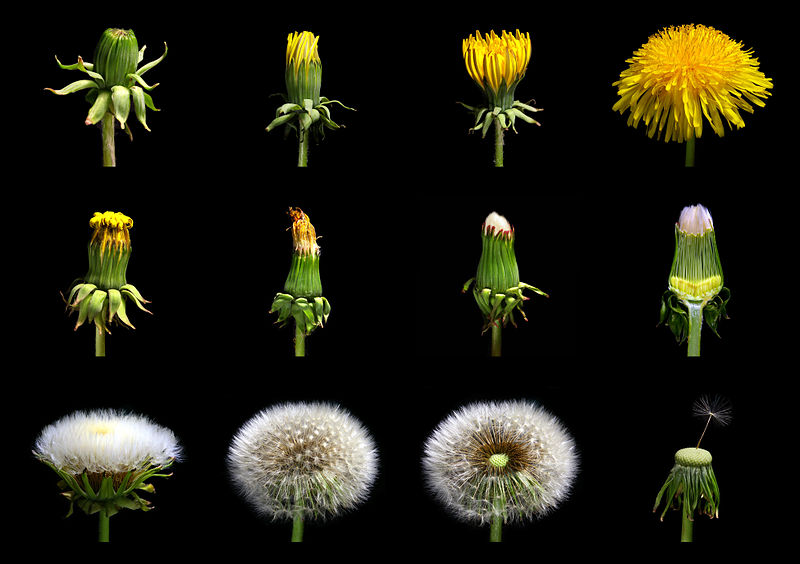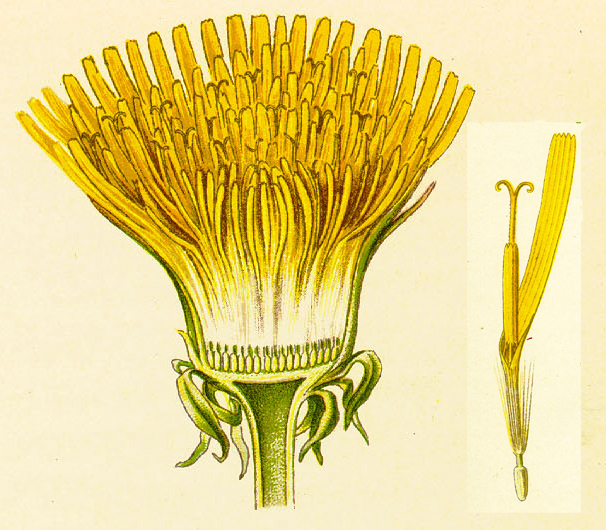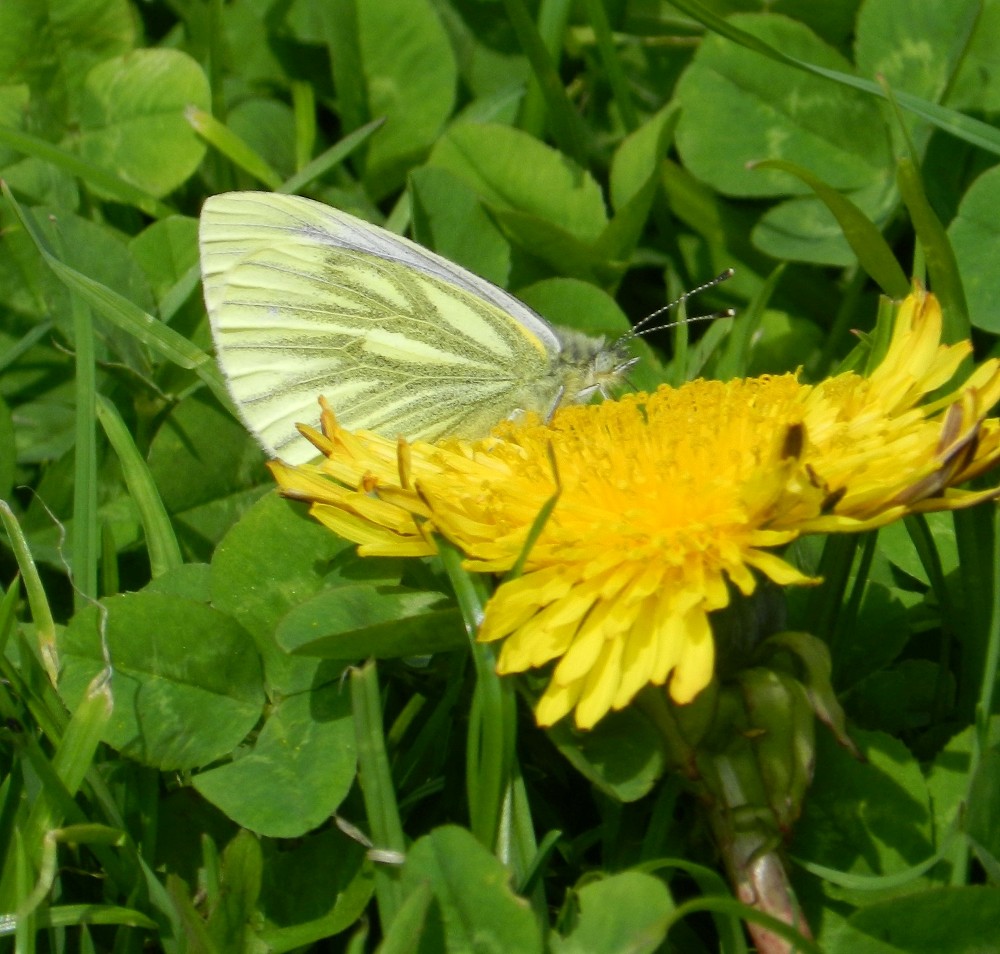Dandelions: the most undervalued wild flower
At this time of year we are bombarded with TV adverts about how dandelions are going to destroy your lawn and driveway.
What’s so wrong with an over grown lawn or a road verge full of weeds?
Why is it that everyone is so obsessed with keeping things tidy?
My biggest spring bugbear is when councils and home owners insist on cutting road verges. If it was a visibility issue then that makes sense but if that’s not an issue then why not let the vegetation grow?
What people don’t seem to realise is that road verges can be a useful wildlife corridor, offering food and shelter to small mammals and insects. One of the champions of these corridors is undoubtedly the humble dandelion. Persecuted by many as an invasive weed, most people don’t seem to understand its true value.

The dandelion (Taraxacum officiniale) is actually a type of daisy, part of the Asteraceae family. It is commonly found in meadows, pastures, waste ground and road verges. I first noticed their abundance at the beginning of the month as they replaced the Daffodils, with an equally bright display of colour.

The flower head or capitulum of a dandelion is actually made up of lots of individual flowers known as florets or ray flowers. Each have stamen with pollen, nectar and a single petal. This is a key feature in daisies and is part of the reason why they are so vital to pollinating insects. With continuous flowering through spring and summer, each floret provides pollen and nectar and therefore a near continuous supply of food for visiting insects.

However as I’m sure you know dandelions don’t actually need insects to propagate through cross pollination. Instead their flowers develop into seeds, creating the dandelion clocks that I used to play with as a child. These seeds are an exact replica of the parent plant and use the wind to disperse. So the relationship between the dandelion and the pollinators it supports is a positive neutral relationship, named commensalism. Meaning the flower doesn’t suffer or gain anything from its relationship with the insect, but the insect gains something positive.
Dandelions can supply food to a number of different pollinators including bumblebees, butterflies, hover flies, day flying moths and solitary bees.

There is a growing need for people to recognise that our pollinators, and in particular our honey bees are coming under threat of extinction. This is no small matter as we need our pollinators to pollinate many of our fruits and vegetables.
In fact, there are already places in the world that have to transport bee colonies to and from farms just so that they can pollinate the crops. For certain crops, pollination is necessary for the fruit to develop and grow. Therefore these mobile colonies of bees are becoming big business and sadly essential.
In the UK we are heading in that direction and if we all just took the opportunity to sit in the garden and not mow the lawn we might all be better for it in the long run. Just think of all the bees and butterflies you could sit and observe on a sunny day. Of course valuing dandelions as an essential food source and not an ugly common weed can’t be the only way to solve the decline in our bee populations but it is something that everyone can do.
Special thank you to Neil Bromhall for allowing us to use this excellent timelapse footage. His website www.rightplants4me.co.uk is available to help with plant ID.
Emma Castle-Smith Montrose Basin Visitor Centre Assistant Manager
Help protect Scotland’s wildlife
Our work to save Scotland’s wildlife is made possible thanks to the generosity of our members and supporters.
Join today from just £3 a month to help protect the species you love.
Preface
At this time of year we are bombarded with TV adverts about how dandelions are going to destroy your lawn and driveway. What’s so wrong with an over grown lawn …
